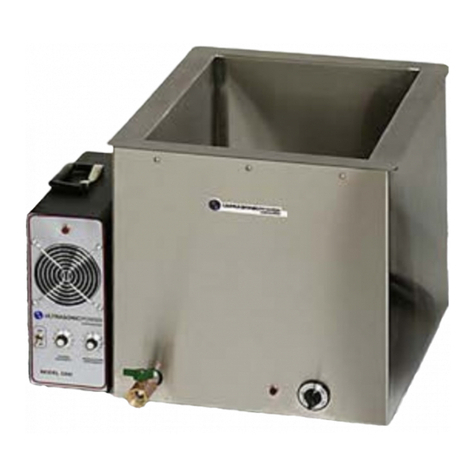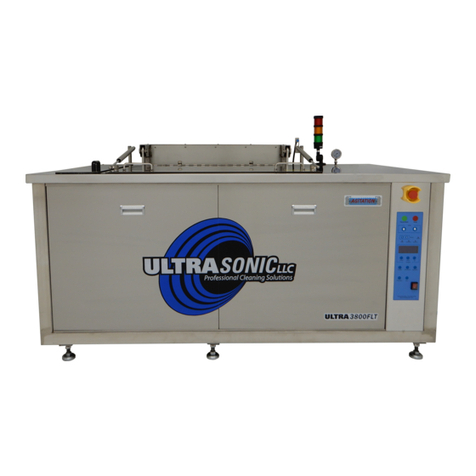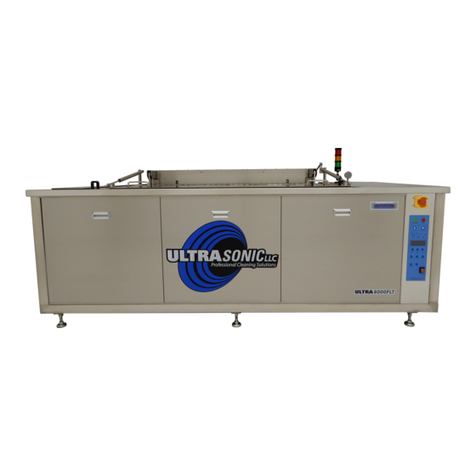
Property of Ultrasonic Power Corporation - © 2017
Publication #170119-jsw 3
Table of Contents
1. Warnings.............................................................................................................................................................4
2. Specifications ....................................................................................................................................................7
3. Principles of Operation .................................................................................................................................9
4. Description of Components....................................................................................................................... 10
5. Preparation of Use (Getting Started)..................................................................................................... 12
6. Operating Instructions ................................................................................................................................ 13
7. Accessories....................................................................................................................................................... 14
8. Techniques for Optimizing Cleaning Results...................................................................................... 16
9. Maintenance.................................................................................................................................................... 20
10. Troubleshooting.......................................................................................................................................... 21
11. Diagrams and Drawings........................................................................................................................... 22
12. Component List ........................................................................................................................................... 24
13. Warranty........................................................................................................................................................ 25
14. Return of Equipment Policy.................................................................................................................... 27


































